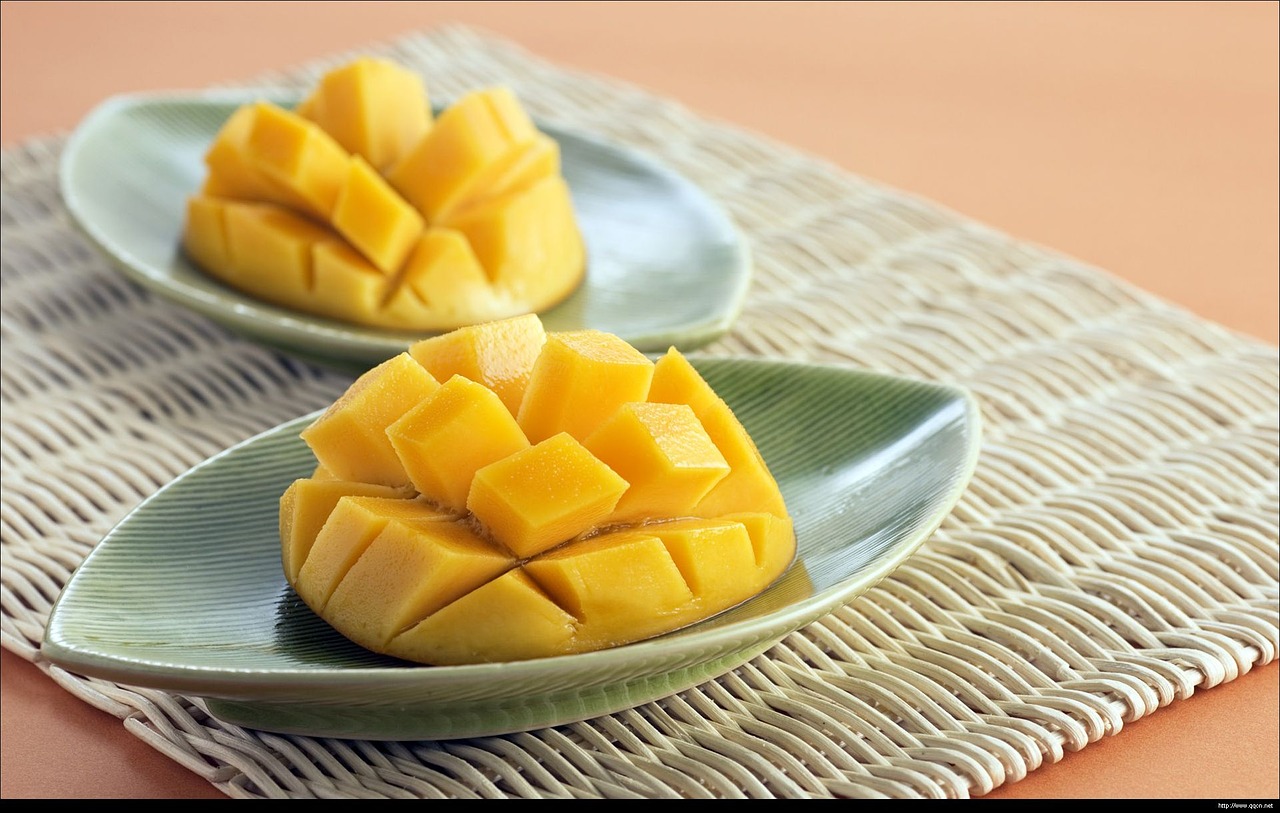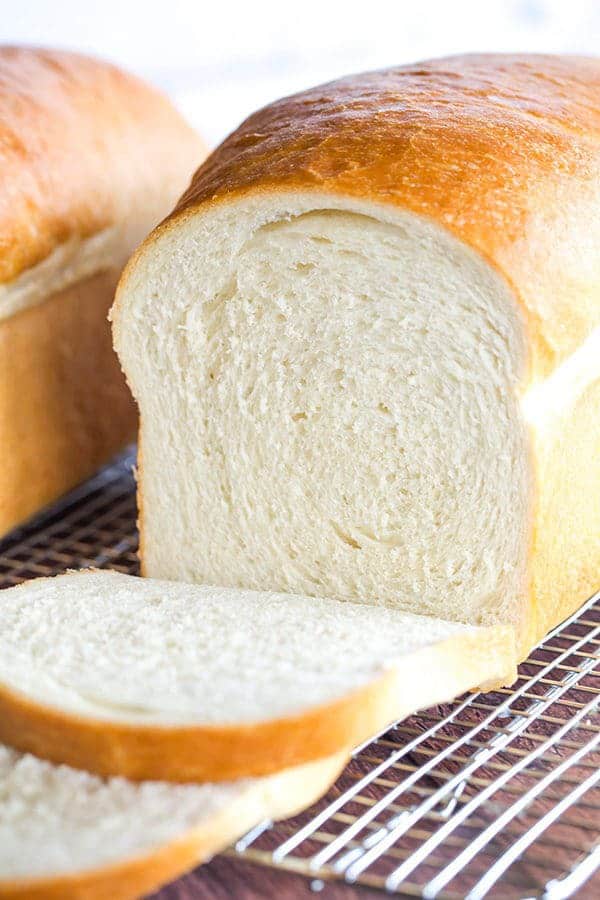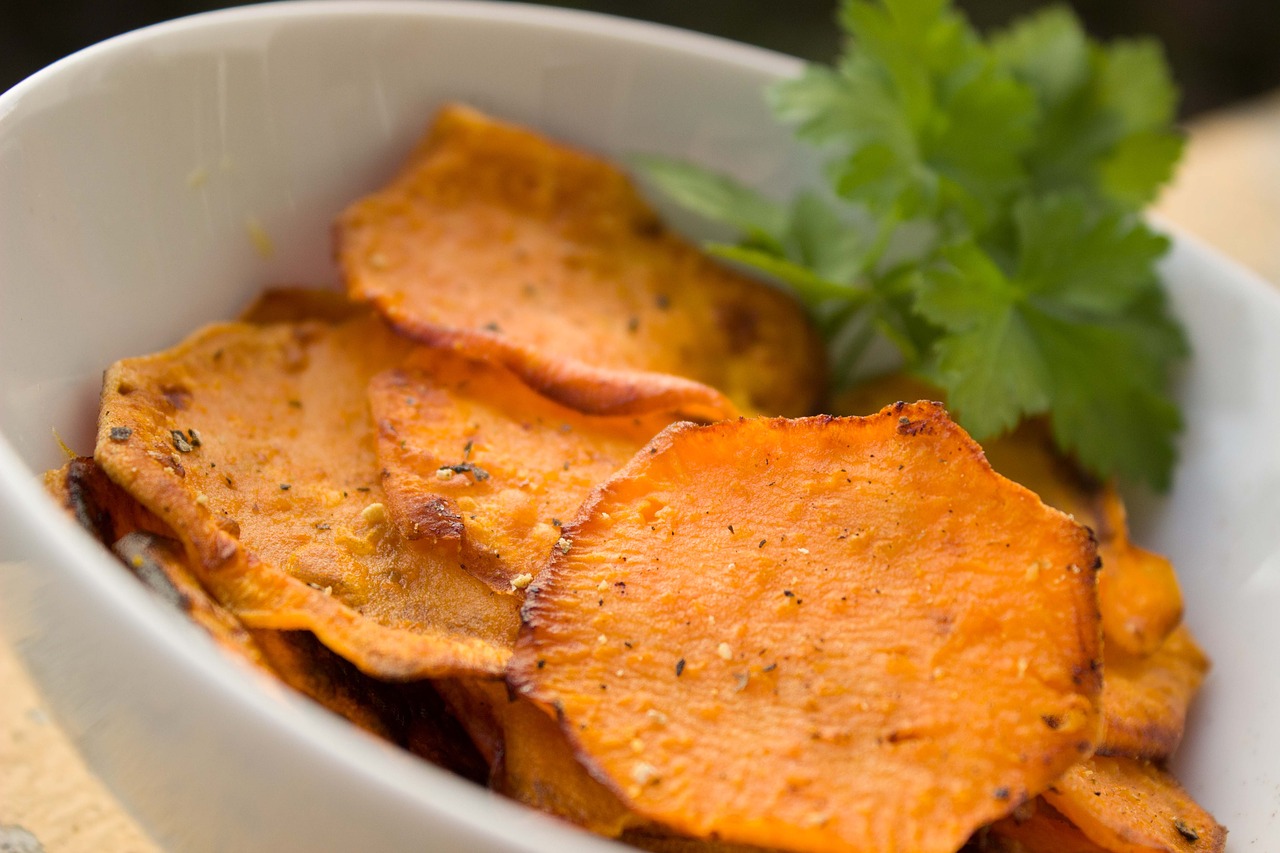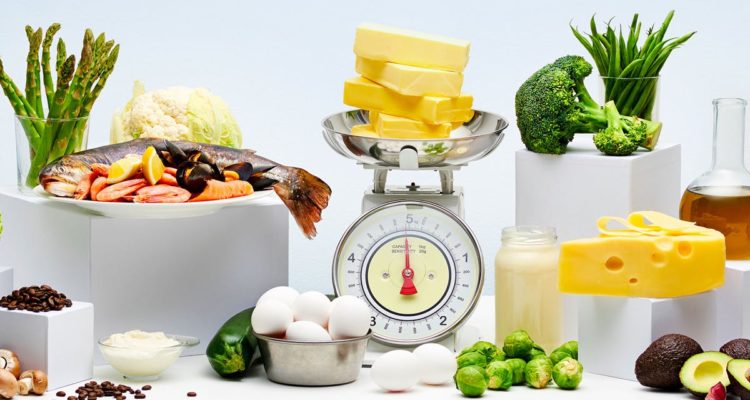Seeking to lose weight and get in shape is simultaneously one of the smartest and most stressful decisions you can make in life. For sure, with the loss of a certain amount of weight you’ll feel fitter and sharper, you’ll move faster and your joints will immediately thank you. On the flip side of that, it does come with a lot of homework. Not only can it be difficult to shift that weight in the first place, but a few wrong steps can bring it all back a lot more swiftly than it seemed to go away.
In truth, the simplest way to ensure that you’re on the right track is to have a list of foods that are supportive of your goals, and another of those that aren’t. Because there are some grey areas even in dieting, there is an argument for having a “maybe” list as well, where it may be beneficial to have some foods from that list under certain circumstances. We’ll come back to what those circumstances are later on, but first things first: Which foods should you be eating when seeking to get in shape?
Yes to:
Protein-rich foods: If you’re a meat-eater, then there are endless options for protein sources when you’re looking to get in shape. Lean meats such as chicken and turkey will play a major part in your efforts, while eggs are also a fine option. Grilling, rather than frying, is a preferred way of cooking them to get the best results. Meanwhile, vegetarians and vegans have plenty of options for protein sources, with lentils, chickpeas and tofu offering a high content of this beneficial nutrient.
A broad vitamin profile: Frankly, the more vitamins you can get through your diet, the better: while supplements are available, many people find that they don’t absorb them as well as they might. So, for vitamin A, the best sources are eggs (again!), leafy greens and fruits with yellow or orange flesh – mango and cantaloupe are a good place to start. Many of the same fruits will also be rich in vitamin B, while C vitamins are present in citrus fruits, berries and bell peppers. The advantage of seeking vitamins from food is that, to get a broad profile, you’ll need to vary your diet – which stops things getting boring.

Water: A healthy smoothie is certainly a fine way to get plenty of beneficial nutrients, and shouldn’t be thrown aside as part of your diet, but when it comes to grabbing something to drink, water cannot be beaten. Yes, it contains no calories. Yes, it helps you feel full. However, these are not the only reasons to persist with wonderful H2O as part of your diet. It’s also essential for flushing wastes from the body, which helps metabolise fat and drives weight loss.
No to:

Processed White Carbohydrates: The cliche about avoiding carbs is, unfortunately, a cliche for a reason. When your body breaks down carbs, they turn into glucose which then gets stored around the body, often being converted to fat. Simply put, while athletes may carb-load before big races, they’re doing so as part of a dedicated plan thanks to a team of nutritionists. By ditching carbs, you persuade your body to burn its fat stores for energy, and you could lose 2 stone in 2 months simply by cutting out potatoes, pasta and bread and replacing them with better energy sources.
Processed meats: Whether it’s bacon, sausage, or even a store-bought burger, the processed meats that may seem like a positive source of protein come with a sting in the tail: these foods are high in salt, low in beneficial nutrients, and highly calorific. They do not generally represent a positive dietary choice; if you really love burgers, there are plenty of home-made and veggie options, so keep those in mind instead.
Maybe…
Some foods, or nutrient groups, can be considered either “in” or “out” depending on the circumstances. It’s worth pointing out that we’re all different people with different lifestyles, dietary intolerances and more besides. In addition, many nutrient groups are particularly broad and contain both good and bad foods. So the following options need to be considered on a case-by-case basis.
Fat: For many years it has been broadly assumed that fat is the enemy and – if it deposits itself around your body – it often is. However, some fats are beneficial in your diet, and a better source of energy than carb-rich foods such as pasta. Nuts, for example, are very high in fat; however, they’re packed with healthy nutrients. Avocado is also high in fat but nutrient-rich. As long as they are sides and not the main things you eat, high-fat foodstuffs can be friendly options.

Potatoes: Okay, so let’s put the cards on the table right away – this is a little bit of a cheat. Standard white potatoes are considered as beneficial in the battle to keep fit and stay trim. However, their cousin, the sweet potato, has got a lot more going for it. They’re full of useful fibre, allow you to feel full sooner and for longer, and contain important antioxidant nutrient beta-carotene. Bake one and split it with any ingredients from the above “Yes” list, and you’ll have a tasty meal that helps you lose weight.
Whether you’re vegan or a meat-eater, whether you’re keto or paleo, or even if you have an intolerance to gluten, lactose or anything else, you can always have options in your diet that will make weight loss and staying fit that much easier – and tastier. The key thing to remember is that variety is very much your friend, and that you can still have “cheat” treats here and there. As long as you stick to a healthy eating plan that saying “Yes” to the right things, “No” to the wrong ones and which understands the grey areas, you should find yourself well on the track to peak fitness!

